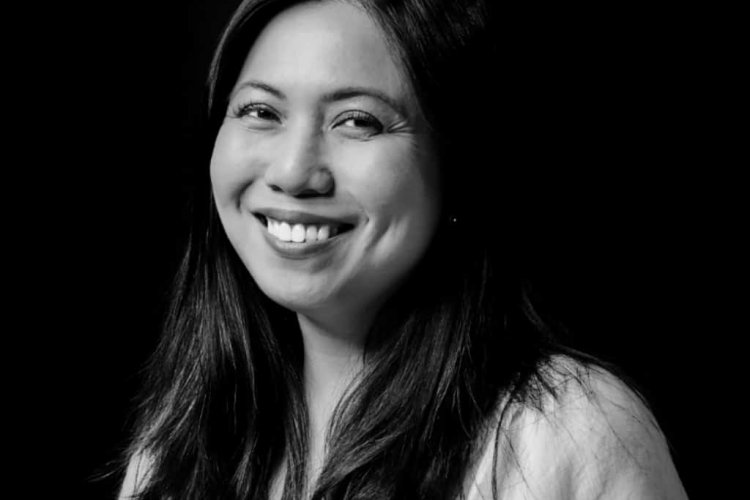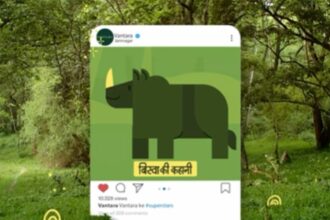Tell us about yourself!
I’ve been in the business for close to 18 years – the first 10 were spent on regional brand accounts, largely technology – and then I moved into Network Development in 2012 at Y&R.
I had an amazing boss and mentor for a number of years, Matt Godfrey, who knew I thrived on “the new”. Moving into the (agency) network development space was the option on the table I knew least about – which therefore also meant most room for growth, so I jumped at the opportunity.
My first deal was a joint venture in Myanmar to create Y&R Yangon following a network client request for local presence. I was later introduced to the VML brand, and under that banner met Tripti Lochan, co-founder of Qais Consulting (now co-CEO, VMLY&R Asia) as her Y&R network integrator, and then we acquired two leading agencies in China (one of these, im2.0 was co-founded by Yichung Tay, co-CEO, VMLY&R Asia). Most recently we had ClickMedia join the VMLY&R family in Vietnam last year – it’s a truly spirited team and we’re so glad to have them!
I’ve now been with the network – first Y&R, then VML, and now VMLY&R – coming on 10 years, but my role has evolved every 2 years so it still feels fresh, and I’m hugely grateful for the opportunities that have allowed me to experience the breadth and depth of our regional and global network. My last role prior to this was at VML global HQ, as Director of Global Network Development – I was based in San Francisco and got to work with VML leadership at HQ and from across the globe for two and a half years, that was also a really great experience. But there is no place like home, and Asia feels like the place to be this decade.
Having been in the marketing and advertising industry for as long as you have, what changes have you seen over the years? Marketing is not what it used to be – like when you first started. Tell us what are the challenges you faced in this ever changing, ever evolving landscape?
I’m going to speak to a positive change, which is that the always-in-beta world builds agency team dynamics which are more interconnected, more reciprocal and less precious. It’s quite a beautiful thing. Things are certainly ever evolving – the best steer I’ve had on this one is from Tripti Lochan. She rightly pointed out that because everything is constantly changing, no one has the jump on anyone else – we are all figuring it out as we go along. As such, the best enablers are a curious mind, a supportive environment (with strong specialists), and a willingness to check one’s ego at the door.
Let’s talk about the projects you are working on; most recently you set up your company’s Commerce practice for Southeast Asia. Walk us through that experience.
That was back in 2018, when I’d just returned from the US. WPP had realigned Rockfish with us in the US, which is 300 people who specialise in Marketplace eCommerce – and I’d been working with our China team to productise their commerce marketing services for US brands looking to enter the China market via eCommerce.
Alibaba had just taken majority stake in Lazada so we could see that the campaigns driving to a commerce model was about to take off in Southeast Asia – so I worked with our China team to pitch and win one of their flagship marketing-through-to-commerce clients, Crayola. Crayola wanted to expand to Southeast Asia and sell directly on eCommerce, and I made the first couple of hires in Southeast Asia once we secured that business. That practice has now expanded to cover clients like Kraft Heinz and Beiersdorf, and as my role is focused on setting up new practices, Commerce at VMLY&R Asia is now run by the lovely Nick Pan, who is our Managing Director of Strategy and Commerce.
What is the latest you are undertaking?
I continue to explore acquisitions to build regional capability, and also work closely with counterparts in other regions to expand network client relationships to Asia.
You have been responsible for acquisitions In places like China, Korea, Myanmar and Vietnam. What are your biggest takeaways from this role?
Well firstly, the WPP Asia Mergers & Acquisition team has been amazing to work with. They have been super supportive the whole way through including when I was first learning the ropes, and we work hand in hand from identifying the right targets through to Completion and beyond. When that’s done well, the rest of the deal tends to go smoothly because everyone is aligned that these are the right capabilities and leadership you want to bring into the family, so we’re all aligned on a common goal.
This is a people business, and cultural fit is paramount. For example, our global leadership team when evaluating a potential target, would always look for founders looking to join a larger network to further their own capabilities – whilst providing a path of growth for their people as a primary motivation. Also, acquisitions are really rather like marriage – the real work to becoming family starts after the paperwork is done.
Who do you look up to for inspiration and why?
I hold my great-grandmother very dear. She was born in the 1920’s and raised 3 generations of women – first my grandmother, then my mum and then she helped raise me. She adopted my grandmother as a divorcee because she wanted a child, and then raised my mum as well. She was five foot nothing but contained within that small frame was the heart of a lioness!
She simply decided at an early age to live by her own rules. It can’t have been easy – but I never sensed an ounce of regret in her, and that’s what I remind myself when the road forks.
Women’s International Day is just around the corner. Let’s talk about one of the causes you are championing; trailblazers in the creative industry. Tell us, how have they re-defined the industry?
I’d like to refer to the beauty brand Glossier. I love Glossier, helmed by Emily Weiss, and last year it became a tech unicorn, valued at US$1.2B. Glossier makes good products, but they have redefined the industry through their direct two-way relationship with customers. They’ve utilised that to inform the products they develop, make their customers stakeholders and also turned customers into a sales channel for the brand. I think that has really turned the traditional approach to beauty marketing on its head.
In your books, how different are trailblazers from disruptors; or are they similar?
Disruptors are at once destructive and creative, they turn an industry business/service model on its head – and when that new way of doing things reaches a tipping point and catches on with the masses, it becomes the new baseline and that’s when disruption happens, because it topples the incumbents. I see being a trailblazer as more of an inherent personal characteristic – it’s that desire to explore unknown frontiers and see what you can take back to the tribe to help evolve its existing path.
Any parting words to our inspiring women trailblazers out there?
Trust your instincts, and remember – no regrets!

















